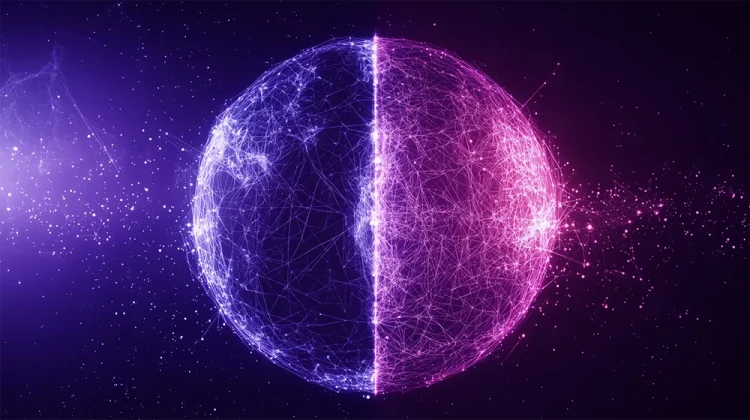
Samradni Published on: 28 Dec 2024
Collected at: https://www.analyticsinsight.net/artificial-intelligence/where-tech-meets-art-top-predictions-for-ai-in-creative-technologies
Undoubtedly, the creative world is taking steps towards massive transformation. With this advancement, artificial intelligence (AI) is now playing at the forefront. The new advancements are now reshaping several industries, from visual arts to entertainment. This blog highlights the role of AI in creative technologies with top trends.
Personalized Content at Scale
With the waves of AI making customization easy, it works more as the cornerstone of the creative output. Starting from customized playlists to tailoring advertising visuals, the future of AI in creative technologies is safe. The AI algorithms are well to understand the process of mastering the art of audience analysis. As per the report by Accenture, up to 91% of consumers offer the right recommendations and follow the brands preferred. The technologies that AI drives are helping to generate the right content.
Enhanced Tools for Artistic Expression
The top Generative AI tools can help creators use innovative mediums. The top tools include DALL-E and MidJourney. AI’s impact on creative technologies can help creators work with different styles, designs, and modes that were unimaginable previously. For instance, AI can help create 3D models and film effects, saving time and resources. There are limitless possibilities with machine learning in the arts if one gets to explore it correctly.
Smarter Visual and Audio Editing
AI is now the right prospect for editing software to transform films, music, and video production processes. Several tools can help find glitches, correct inconsistencies, and check for stylish changes. This is a sure shot to make the creative process quick, efficient, and more refined. As per the study by Adobe, the creators who opt for AI-enhanced software are experiencing a 50% reduction in editing time. This ensures that creators can focus more on storytelling than any technical issue.
Democratization of Creative Fields
With AI tools becoming accessible to non-experts, the creative industry is becoming more inclusive. Aspiring creators can now generate professional-grade music, graphics, or scripts without advanced skills. Canva and Descript are examples of how AI is leveling the playing field, allowing smaller businesses or independent creators to compete with larger players.
Interactive Storytelling and Immersive Experiences
The top-notch impact of AI in creative technologies can be seen in virtual reality (VR) and augmented reality (AR). These technologies are merging with AI to craft better interactive narratives. From video games with story plots that adapt the player’s engagement strategy, AI also enhances lifelike simulation with the top generative AI tools. Moreover, a report from Gartner predicts that approximately 25% of people will spend up to an hour daily in the virtual world by 2026. This clearly shows the role of machine learning in the arts.
Conclusion: The Next Step Ahead
Since AI won’t stop evolving, it is crucial to know and extend beyond the boundaries of the future of creativity. From defining artistic collaboration to developing customized content experiences, the final impact of AI in creative technologies is just getting started. Well, there are some challenges, including copyright and ethical questions, but there are also some significant benefits for creators and audiences.
There is no doubt that artificial intelligence is not just about knowing the creative process; it is also about making the right choice of creative partner. It is crucial to know about AI in creative technologies to shape the right future of artistry. Use the top generative AI tools to enhance the future of creativity now!

Leave a Reply